
The forest fires currently raging in the vicinity of Chernobyl are a reminder that the dangers caused by the 1986 reactor accident in the former Soviet Union and today’s Ukraine will not be averted for decades or even centuries. Firefighters are exposed to massive radiation while fighting the fires, and there is a danger that the ashes will be used to spread radioactive material over large areas.
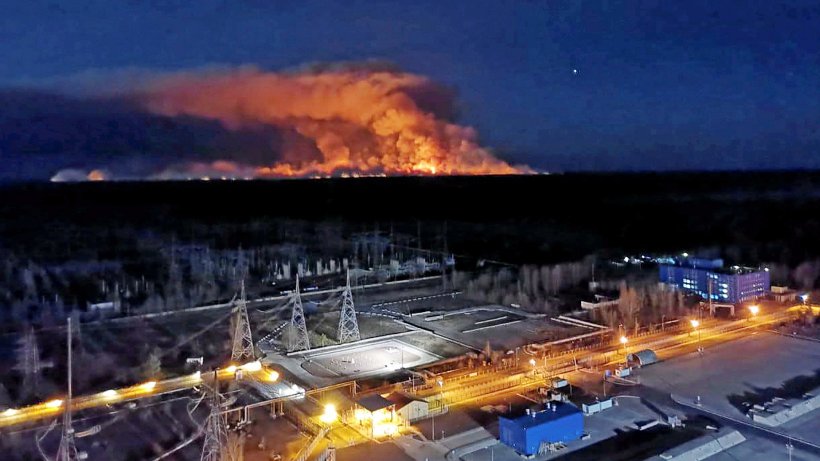
At the same time, in the decades following the nuclear disaster, the area around the damaged Chernobyl reactor – we are talking about 6400 km2 – has become a unique biotope in which fauna and flora have been able to spread and develop unaffected by human activity due to the closure and abandonment of entire towns and villages. An unprecedented reconquest by nature has begun, attracting scientists on the one hand and tourists on the other.
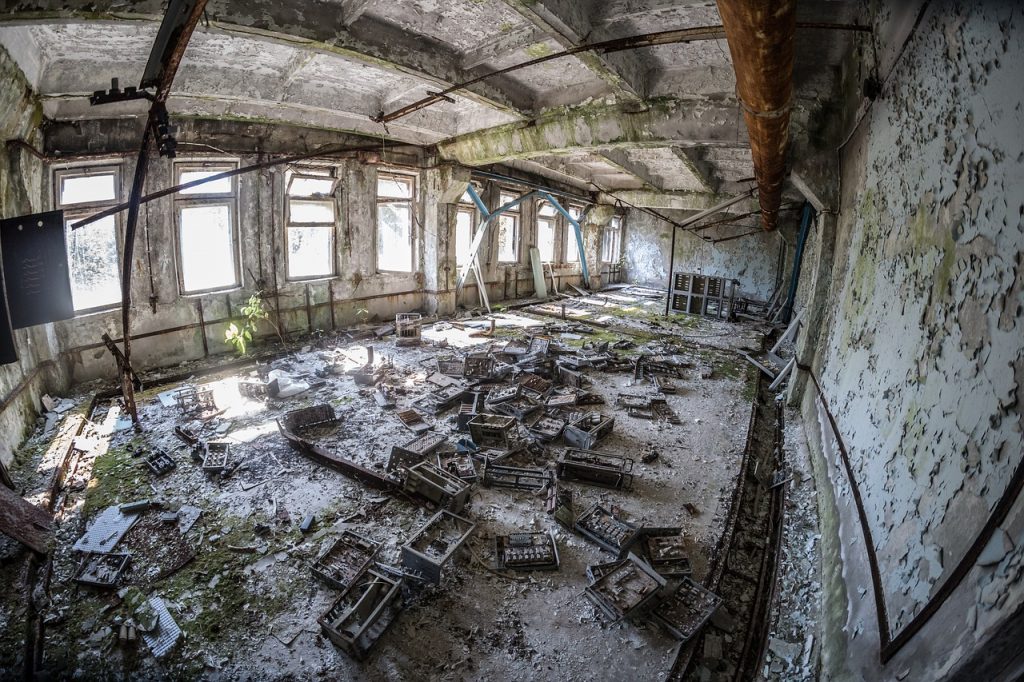
In the third edition of the Environmnetal Listening Sessions we are primarily concerned with artistic confrontations with the Chernobyl catastrophe – as far as we know, there are no eco-acoustic investigations (yet). In ELS #3, we are especially interested in cross-connections and references between the presented works and we are curious how you classify and interpret them – please comment at the foot of this page!
Please click on the blue titles for getting to the films and sounds!
Many people are certainly familiar with this science fiction classic from the former Soviet Union. In addition to the highly aesthetic visual language and the congenial electronic music composition by Edward Artemiev, I was always impressed by the fact that this film visionarily anticipated the Chernobyl reactor accident. Three men enter a restricted zone to seek their fortune, led by the so-called “stalker”. The “zone” is said to be the place where aliens once landed – here the film is based on the Strugatsky brothers’ science fiction book, “The Roadside Picnic“. In Tarkovsky’s version, the zone is littered with ruins and wrecks of (military) vehicles, which suggest a nuclear disaster/war rather than an alien visit. When you look at the current pictures of Chernobyl in programme item 3, you are immediately reminded of Tarkovsky’s “Stalker”.
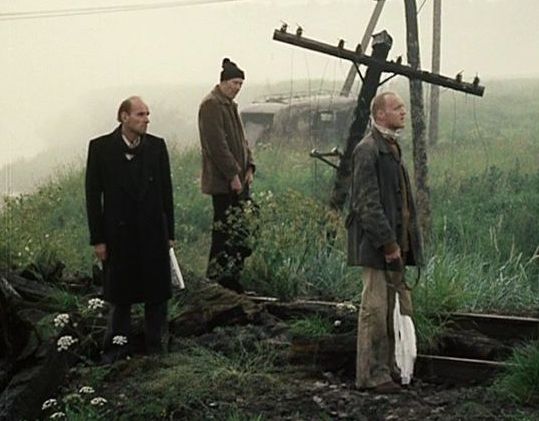
At the same time, the film involuntarily recorded another catastrophe: Many scenes of “Stalker” were shot on a river near Talinn/Estonia. The river “Pirita” was contaminated by the sewage of a nearby chemical factory to such an extent that some members of the film team fell seriously ill in the years that followed. Tarkovsky himself also died a few years after the shooting of “Stalker” of cancer, which is suspected to have been caused by contact with the contaminated water of the river.

“Stalker” deals with disasters in several layers: Nuclear, industrial and human. Tarkovsky contrasts them with nature as a power that eludes our understanding, threatening – and still existing after the disappearance of man. A quote from Trakovsky’s film “the Mirror”:
“I fell down… and there are bushes, roots. Did you ever think that plants can feel, even think? They’re not going anywhere. We do and we talk nonsense. We don’t trust our own nature.”
2. Jacob Kirkegaard: Four rooms
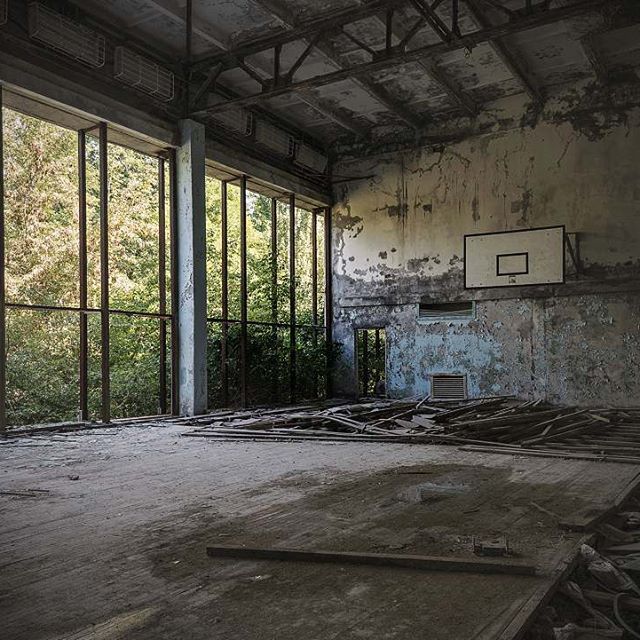
The Danish artist and composer Jacob Kirkegaard travelled to Chernobyl several years ago to make very special recordings in the buildings of the city of Pripyat near the accident reactor, which had been abandoned for decades. Here the liner notes from his CD, published by Fonik records:
“This work is a sonic portrait of four abandoned rooms inside the ‘Zone of Exclusion’ in Chernobyl, Ukraine. Recorded in October 2005, the sound of each room was evoked by an elaborate method: Kirkegaard made a recording of 10 minutes and then played the recording back into the room, recording it again. This process was repeated up to ten times. As the layers got denser, each room slowly unfolded its own unique drone of various resonant frequencies
Jacob Kirkegaard’s method is inspired by Alvin Lucier’s work “I am sitting in a room” (1970), who recorded his voice in a space and repeatedly played this recording back into that same space. In Kirkegaard’s work, however, no human voice is being projected into the rooms: during the recordings he left the four spaces, to wait for whatever might evolve from these seemingly silent spaces themselves
4 ROOMS was released 20 years after the Chernobyl disaster, 26th of April 1986/2006.”

Kierkegaard’s compositions are characterized by an eerie, cold atmosphere; rooms abandoned by people sound in their own resonance.
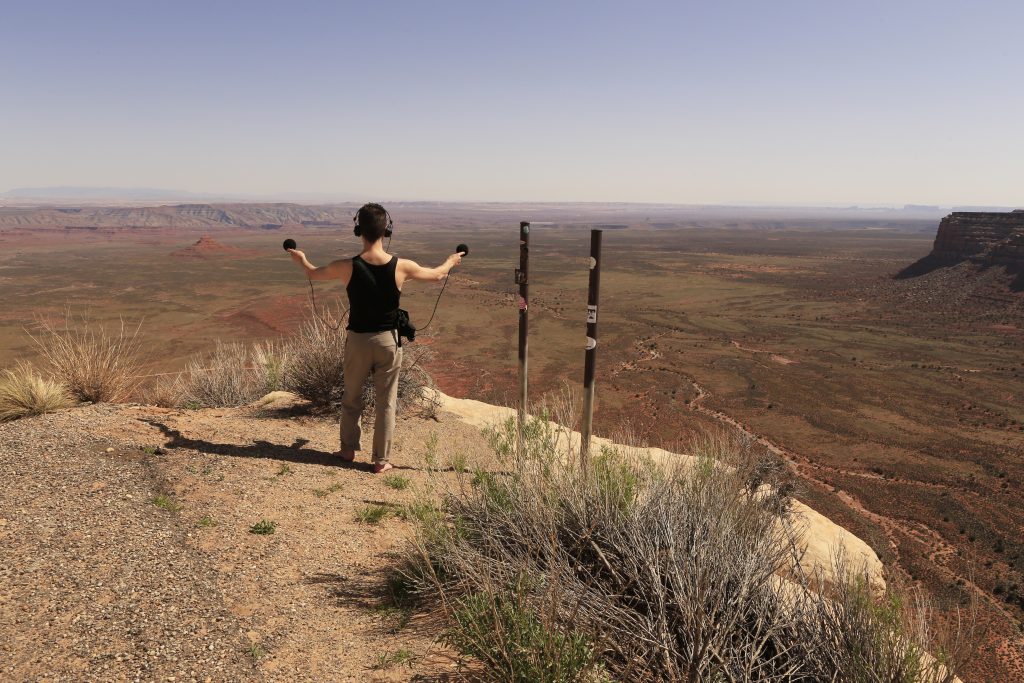
“The sound art of Jacob Kirkegaard explores ways to reflect on complex, unnoticed or unapproachable conditions and environments. In 1981, at the age of six, Kirkegaard made his first sound recordings and in 1994 he was introduced to the world of sound art. His works have treated themes such as radioactivity in Chernobyl and Fukushima, border walls in global and metaphorical contexts and melting ice in the Arctic. Two of his recent works are immersive acoustic explorations into global waste management and of processes related to when a human being dies. Since 2006 Kirkegaard has also been extensively researching, recording and creating works using otoacoustic emissions; tones generated from the actual human ear. The core element and method of his work derive from the use of sound recordings of the tangible aspects from its intangible themes.” (Source: Fonik records)
3. Chernobyl: Two Days in the Exclusion Zone
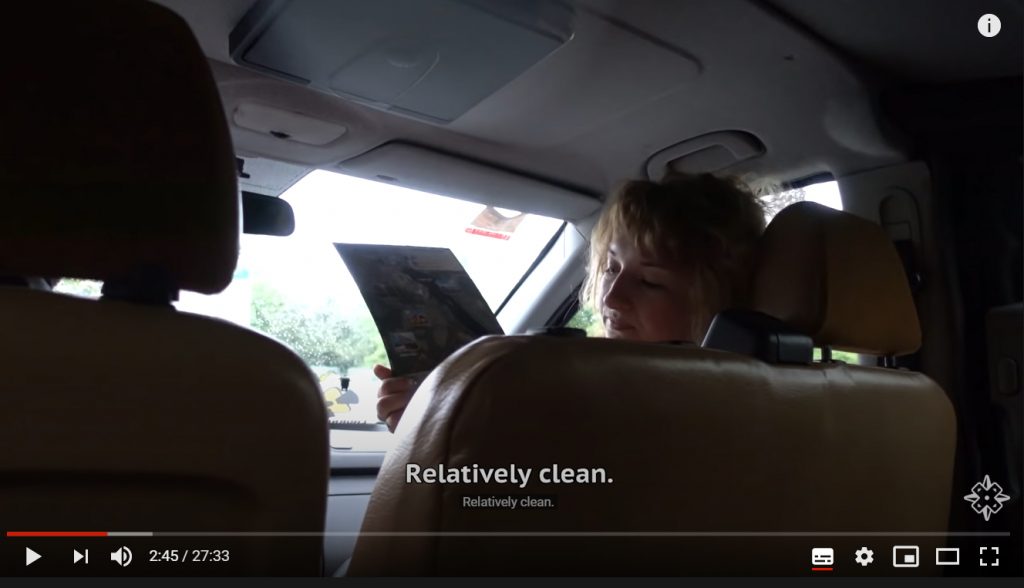
The Chernobyl desaster has become a symbol not only of human and industrial destructiveness, but also of a nature independent of man – it has inspired numerous artistic works and even computer games. An adventure and disaster tourism has established in the Ukraine, which is unparalleled. See the documentation of the travel film portal Clothmap. Here you are asked: How do you feel about the way the “death zone” of Chernobyl is communicated and also marketed? Is history conveyed in a comprehensible way or is the thirst for adventure predominant? Are such trips meaningful? What is the difference to the artistic examples presented here? We are looking forward to your comments!